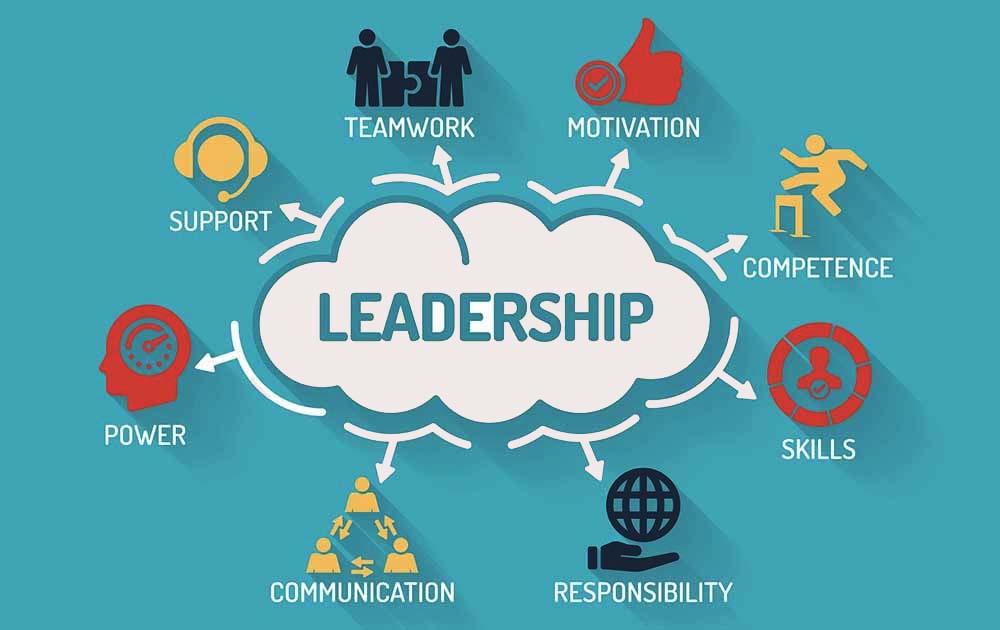Project management is the process in which the goals of the project are accomplished through a set of policies and values. It acts as a guiding force from its beginning to its completion and involves starting, executing, planning, and completing a specific goal successfully at a predefined time. Project documentation is created at the beginning, where all related information is shared and described in detail on the development process.
This is a reality that Project Management helps to schedule, track, and coordinate the project within the budget allocated. It navigates through good and bad, up and down, and the related tragedies and mishaps, so that the project is completed within the specified timeframe. Project Management takes into account the client’s goals and combines them into a well-organized team so that everybody can be on the same wavelength. This is important to keep the project on track.

Project Management is a broad area that includes formal training where professional project managers are trained about the formal processes and concepts for managing projects. To wrap our arms around this subject, it’s important to step back in time to the beginning of the projects themselves.
The project manager is the key that holds all the cards in his hand, aligns the objectives and initiatives, and manages both the wishes of the client and the capabilities of his team to ensure the objectives and quality of the project. In basic terms, it is the application and implementation of methods, tools, expertise, and skills to fulfill the specifications and deadlines set. A Project Management process involves the identification of risks, resource management, risk management, clear communication, and budgeting across all stakeholders.
History of Project Management
You might think of Project Management as a relatively new discipline, but actually, people have been managing projects since before the Great Wall of China, before the Roman aqueducts, before the pyramids of Giza, and probably before that. It’s inconceivable to assume that the pyramids were constructed on an ad hoc basis. Rather, you can bet there were plans, schedules, teams, budgets, and everything that we would recognize as Project Management today.
Fast forward a few thousand years, and the more standardized discipline of Project Management really begins to emerge in the 1950s. At that time , many companies had adopted standardized management and production processes. Henry Gantt’s Gantt chart was already in use and was a popular scheduling choice, and the Dupont Corporation added to the scheduling knowledge by developing the Critical Path Method in 1957, which helped people to understand which task on the plan had the least flexibility around the dates.
Historic Gantt 2From the 1950s onwards, people have been running projects for years, mostly using unique approaches and design processes themselves. This changed when A Guide to the Project Management Body of Knowledge (PMBOK ® Guide) of the Project Management Institute ( PMI) was accredited as an ANSI standard in 1998, although PMI was founded several years earlier in 1969.
There have also been significant improvements in Project Management in the past few years. There is now, for one thing, the ISO Standard for Project Management (IS21500) which came out in 2012. But the biggest change of all was a shift from learning about scheduling and technical skills for project management to recognizing that people are involved in projects.
True, people have always cared, even back in the days when the slaves of the Pharaoh certainly lost more than their lives in constructing the Great Pyramid. However, the 2012 edition of the PMBOK Guide (Fifth Edition) included a section on stakeholder management, while other standards and methodologies have begun to recognize the role of team collaboration in successful project delivery.
In reality, in 2016, PMI implemented a completely new collection of competencies for PMP certifications & PDU criteria named the Talent Triangle. Traditionally, skilled project managers (PMPs) had to demonstrate core skills in technical Project Management. They are also expected to demonstrate broader business management skills such as strategy and customer relations, or leadership skills such as coaching and emotional intelligence. Now, today’s project managers are challenged to be more like mini-CEOs, with the ability to be both tactical and strategic across the project spectrum.
Importance of Project Management
Project Management facilitates a strategic partnership
Developing a project through various stages is never easy, so it is the Project Management process that prevents confusion of any sort so it ensures that every team member is aware of their roles and obligations along with the timeline to achieve it from the outset. The project manager ensures that there are few mistakes and that successful corrections are made at once.
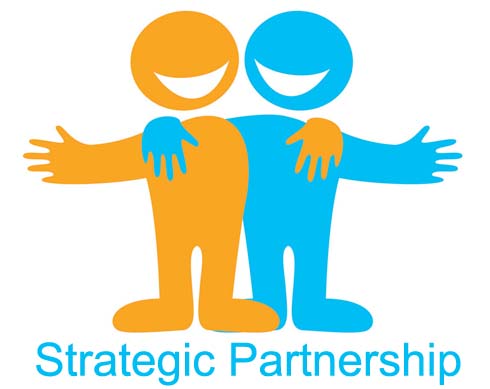
The project-oriented approach of a number of industries has been able to deliver real value to the business. The method has achieved due popularity as it has been able to guide strategic strategies, save money, and achieve the desired goals and objectives. This has been a driving factor in the transition and development of processes in a variety of industries.
The value of Project Management is that it helps to match the corporate plan with the goals, targets, and activities of the project to establish a strategic relationship. It is imperative that this relationship is established to keep every stakeholder in the loop and ensure that the project moves forward.
The procedure ensures that, in the event of problems and risks, realignment is carried out in such a manner that it is done in compliance with the plan.
Project Management shall ensure realistic planning
Without a proper program in place, it is easy to make mistakes and make wrong assumptions about costs and even deliverables. It’s a recipe for disaster because both underestimation and overestimation have a way of causing failure.
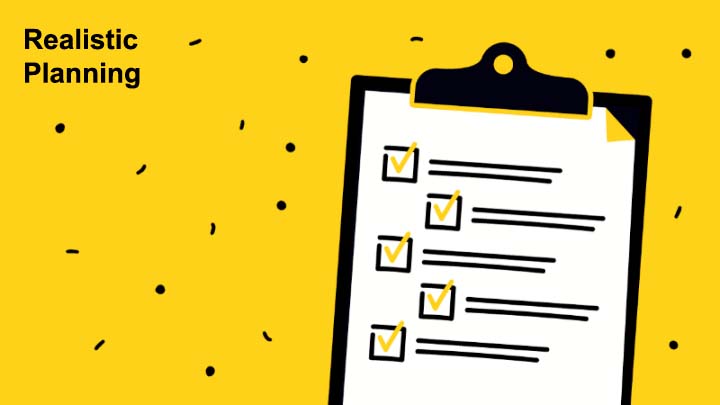
The value of Project Management is that it appears to look at the broader picture and helps create a strategic plan that is practical. It is the responsibility of the Project Management Manager to consult and interact with all stakeholders , management and its staff in order to gain a clear understanding of the aims and preferences before the timeframe can be agreed.
Later, adequate analysis is conducted; all factors are weighed, discussions are held within a team to establish an acceptable plan. The next step includes risk evaluation, resource management, and cost estimation.
It is then that deadlines are defined and budgets are determined so that the goals of the company and the objectives of the project can be accomplished on time. Proper leadership and proactive management with clear goals and fair expectations may make the system a success; otherwise, it won’t take a long time to get it off the ground in a few days.
Project Management shall maintain a consistent vision and goals
Project Management has become indispensable in recent years as more and more industries understand its importance and incorporate it in their processes. The process is committed to creating a structure that will ensure the management and delivery of project commitments and objectives. Tools and strategies are put in place in a systematic way to encourage growth and expansion in the industries.
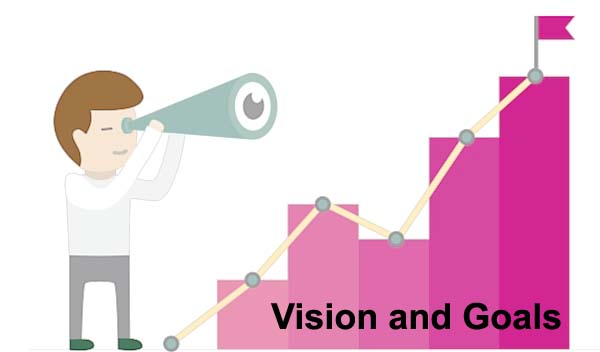
The concept of effective Project Management is impressive in the managing and managing of challenges and interruptions without allowing it to have any effect on its completion at the set date. The value of Project Management is that it establishes a strategy at the outset so that it can be executed in order to achieve the desired outcomes.
There was a period when the idea of Project Management was not very common, and the project team was left to deal with all the related work among them. The team was left to fight for itself. Without proper briefs and instructions, it seemed like a paper ship in a deluge that had no sense of direction and did not know the exact way to go.
The lack of focus and vague objectives used to be a disaster response. The ventures have a life of their own with the introduction of the Project Management system. Previous situations have now been avoided so that the timely accomplishment of a task is now a certainty. There is a clear plan where each task is defined.
Tasks are subdivided to avoid workload, each task is clarified, and accountability is given to prevent any conflict over the allocation of resources or workflow in the future. As part of the structure, a strong project manager integrates risk management. With its supervisory and management capabilities, it identifies risks and manages to overcome them in a timely manner so that the team can re-focus on the desired objectives and objectives.
Project Management encourages leadership qualities
Project Management provides the necessary direction, purpose, and control to the project so that it can move forward. It offers leadership and guidance via the project manager so that his vision can encourage the team to give their 100% at work and fulfill their work commitments on time.
Obstacles and challenges are an integral part of the project and it is necessary to reduce or eliminate their effect from the vicinity. The importance of project management is to remove any obstacles and challenges so that representatives can work continuously. It is essential to inspire a group and, as a result, the project leader or manager motivates the organization by giving advice when appropriate.
He makes it clear that there will be full accountability from each and everyone on the project. The manager ensures that there is no dispute about leadership issues because you need a strong head at the top of the team to steer it in a given direction.
It is the duty of the manager, as a head, to implement the process and to divide the work as he feels it is appropriate. He keeps his team members in line and ensures that every responsibility is carried out to ensure that the project succeeds within the time period set.
The project manager has the foresight to take a strong approach and differentiate between good and bad in terms of Project Management, and this is what makes him a true leader.
Project Management ensures managed process
The project manager should be flexible to take a hands-on approach to the Project Management process. Earlier teams used to work reactively and handle any upcoming issues detected on the way.
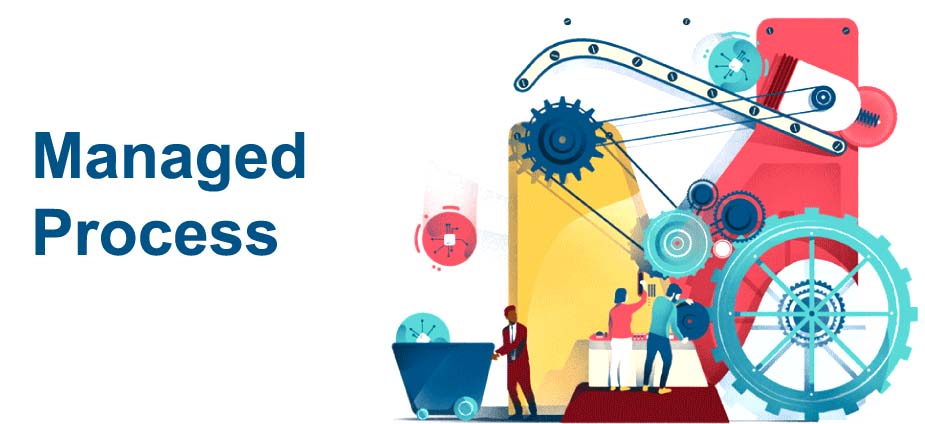
There was no strategic preparation for known and unknown threats and how to handle them in order to prevent any repercussions. Uncertainty is the name of the game, and when the projects are at stake, you need to be prepared for any eventuality. The importance of project management is that it is a proactive process that assigns the right human resources to the correct job at the right time to reduce risks and maximize efficiency.
Parameters are defined at the beginning, project goals are set, and there is proper planning for known risks beforehand. Even the project tasks are broken down into manageable portions and distributed as per the requirements and necessity.
The importance of Project Management is in reacting to issues timely, directing the teams effectually to ensure managed processes throughout the lifecycle of the project.
Project Management ensures quality control
Completing a project as per the set standards on the given timeline is not an easy task, and sometimes the teams have to compromise on something or the other in their zeal to finish the project. Rushed work often results in poor quality standards and the absence of a Project Management system the chances of such an occurrence increases.
The importance of Project Management is that it ensures quality control because it keeps its fingers on the pulse until the end. There is no doubt that one of the main elements of a project is maintaining its quality.
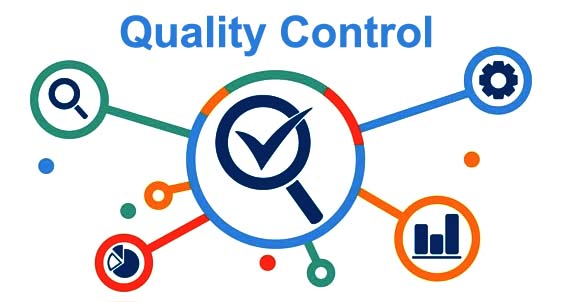
Even when everything happens according to the timetable, the deadlines are achieved and the tasks accomplished, the project can be doomed to failure in the absence of good quality. The reality is that budgetary and time parameters are not eligible if the quality standards set are not up to the mark.
The project manager has already defined the quality standards in his project plan, and he ensures that his team maintains it at all costs.
Project Management ensures continuous tracking
The importance of Project Management is that it ensures continuous overseeing of the project from the beginning to the end and provide valuable insight. Every small detail of the documentation is provided so that nothing is overlooked.
![]()
Progress is tracked comprehensively and then recorded and registered to ensure that every guideline is followed. It is essential to ensure that everything goes according to the plan laid down because any oversight will lead to mistakes and blunders that can have a harmful effect on the scheme of things.
For the success of the project, it is necessary to ensure that it is not deviating from its intended course and in case it happens then corrections can be made at the earliest.
Types of Work Requiring Project Management
So what work today requires Project Management? It’s easiest to answer that question if we first look at the difference between project work and operations management (which you’ll also hear referred to as business-as-usual work).
Operations management is what runs the business. Project Management is what changes the business.
Projects have a clearly defined start, middle, and end. They are a discrete piece of work designed to deliver a particular objective. Once that objective is achieved, the project is disbanded and the team working on it goes on to do other things.
The types of work that require Project Management are varied, and you can apply Project Management practices and processes on both big and small projects. You’ll find Project Management happening in all industries, from film production and creative enterprises to investment banking and insurance.
Here are some examples of projects:
- Launching a new website
- Launching a new consumer app or other product
- Introducing business, process or cultural changes to the organization
- Opening or closing a new office
- Construction work like building a bridge or shopping mall
- Putting on an industry event
- Making business changes to comply with the regulation.
- And you can probably think of hundreds of other examples relevant to your business.
Project Management Roles
The main roles on a project are:
Project sponsor: This is the person accountable for the outcome. They are often the senior manager who has come up with the idea for the project and their team will get the benefit. For example, the sales director would sponsor a project to introduce a new online sales tool. Ultimately, they represent the customer of the project.
Project manager: This is the person responsible for leading the team and organizing the work. In more formal, structured organizations and on larger, more complex projects, the project manager is usually certified. In more informal organizations, the project manager does not require formal training or certification and are often referred to as “accidental project managers.”
Supplier: Someone is doing the work, and that might be an internal supplier such as a development team or an external contractor. The supplier is represented on the project team by their main point of contact who might be their technical expert, an account manager, or a project manager.
Team Member: This is a person tasked with completing a part of the project.
Stakeholder: This is a person or a group who has a vested interest or “stake” in the project. It might be an internal group or agency within an organization or it might be the public at large for a public works project. The project manager usually works to communicate the project to the stakeholders throughout the lifecycle of the project and seeks feedback on project deliverables and performance while managing their expectations, as well.
Clients: This is a group or a person for whom the project or a key component of the project is delivered.
Project Management in Practice
So far we’ve covered what Project Management is, how it evolved, and the kinds of roles you need in a team to make a project happen. Now let’s look at how projects actually work. In the next sections we’ll talk about the Project Management life cycle, the major processes that keep the tasks moving along, and describe the tried-and-tested methodologies that you can use to guide your projects to success.
Project Management Life Cycle
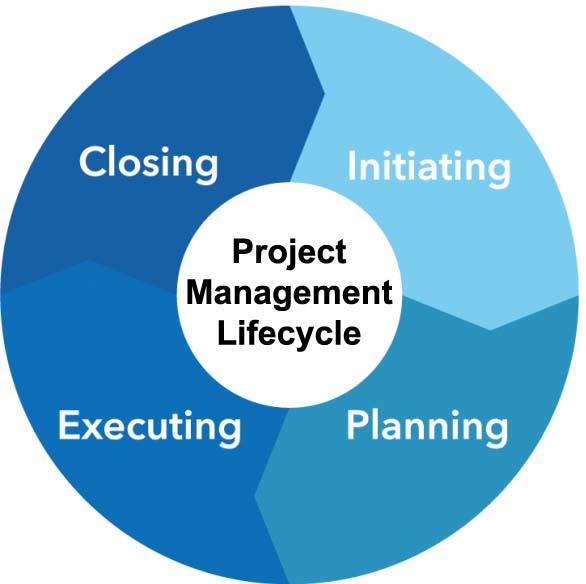
Because projects have a start, a middle, and an end, making them different from operations management, they all go through a series of phases. These phases are:
- Initiation: This is the starting phase of your project. You develop the idea and put together the Project Charter, a document that sets out exactly what the project is going to deliver and how you are going to get there. (Download a free Project Charter template and save yourself some time).This stage of the project culminates in a project Kickoff meeting, where you bring together the team, stakeholders and relevant other parties to define the project goals, schedule and processes like how to communicate and chain of communication.
- Planning: The next phase is where you plan the work by breaking it down into smaller chunks and estimating how long they will each take. The output from this is your project plan, often visualized as a Gantt chart, which represents the order of tasks and how they are interdependent. This gives you a roadmap for the work until the project reaches its conclusion.
- Executing: This is where the bulk of the work happens. Now that you have a plan, you can execute that plan. Along the way you’ll monitor and control the work to make sure that you stay on track in terms of budget, schedule, and quality performance. You’ll also work to identify and mitigate risks, deal with problems, and incorporate any changes. The bulk of the work of a project manager happens in this phase and a lot of the Project Management processes we’ll discuss below help you here.
- Closing: Project work needs to be closed down carefully to make the most of what was achieved and ensure that anything useful that was learned is passed on to teams who will benefit. In this phase you’ll get user acceptance for the work that was completed, finish off any final paperwork and reports and hand any deliverables over to a different team, such as operations management team.
Project Management System
Processes support the life cycle and help you push your work through the life cycle before the target is finished.
The Project Management processes that you will see coming up time and time again are:
- Risk management: The risk management process helps you determine what could happen to get your project off track and then develop a solution so that you have contingency plans in place. This is usually done on larger projects, rather than smaller ones. Also for small teams, a quick chat with the manager to help identify any challenges in the plan would be helpful to protect against the unexpected and to provide action plans if they did.
- Issue Management: The issue is a problem that has happened (different to the risk, because it hasn’t happened yet). Issue management is how you deal with problems when they come up with your project, and it’s worth working out what it’s going to look like for you, because something is bound to go wrong. The process will cover who needs to be notified, how to make decisions about what to do next, and who has the authority to take action.
- Change management: any project is subject to change. Sometimes that’s because the goal wasn’t defined particularly well at the outset. Or as the business strategy has changed and the project needs to be updated accordingly. The method of transition allows you to integrate these into your project strategy with the least complexity possible.
- Procurement Management: Most projects include dealing with vendors, and there is typically a process about how you negotiate and deal with them so that everyone knows what to expect and what you get for your money.
- Communication: Yes, communication is a process! You need to know who needs to get the message when and which method of communication is most appropriate. A communications plan is going to help you do this.
These are the most common processes, but you can also create in-house bespoke processes to help you deal with the peculiarities of your organization. The key thing is to make sure that you’re not starting from scratch every time, and that you’re introducing standardization into how you manage projects as much as you can.
Methodologies of Project Management
To stop you from reinventing the wheel, over the years, people have come up with some tried-and-tested ways to get project work completed. Here are a few popular approaches to Project Management:
Waterfall Project Management
The Waterfall model is a linear approach to work delivery. You come up with the requirements, put the design together, build the solution, test and implement it, and then move it to the maintenance stage.
Good for: projects where requirements are clear or where little change is expected along the way.
Avoid when: you just don’t know how you’re going to get to the end goal, and the criteria aren’t simple.
Agile Project Management
Agile is still used in software projects, but it is becoming more popular in other forms of projects, such as marketing. This requires iterative work in fast bursts called “sprints.” The task is time-consuming and the team must do as much as they can efficiently before heading to the next set of criteria.
Perfect for: projects that you want to integrate fast wins and develop iteratively.
Avoid when: you operate in a conventional environment, and improvements to AGILE approaches have not yet been completed or understood.
LeanProject Management
Lean has come to mean a few things recently with the rise of the Lean Startup trend, which encourages an iterative approach to product creation and requires early and often inputs from end-users on the implementation of the project.
Traditionally in Project Management, Lean Project Management is a means of eliminating waste in processes and ensuring that the people involved work together effectively. It streamlines hand-offs between teams, eliminating downtime. A common aspect of Lean working is working on just one project at a time.
Good for: process improvement projects, critical initiatives that need to be targeted.
Stop when: we ‘re not positive about that! Each piece of work can benefit from trying to make the processes involved as simple and easy to use as possible.
If you want to read an article on Research
If you Like this Article Please Hit the Like Button and Follow Us on our Facebook Page: PROJECTS4MBA

